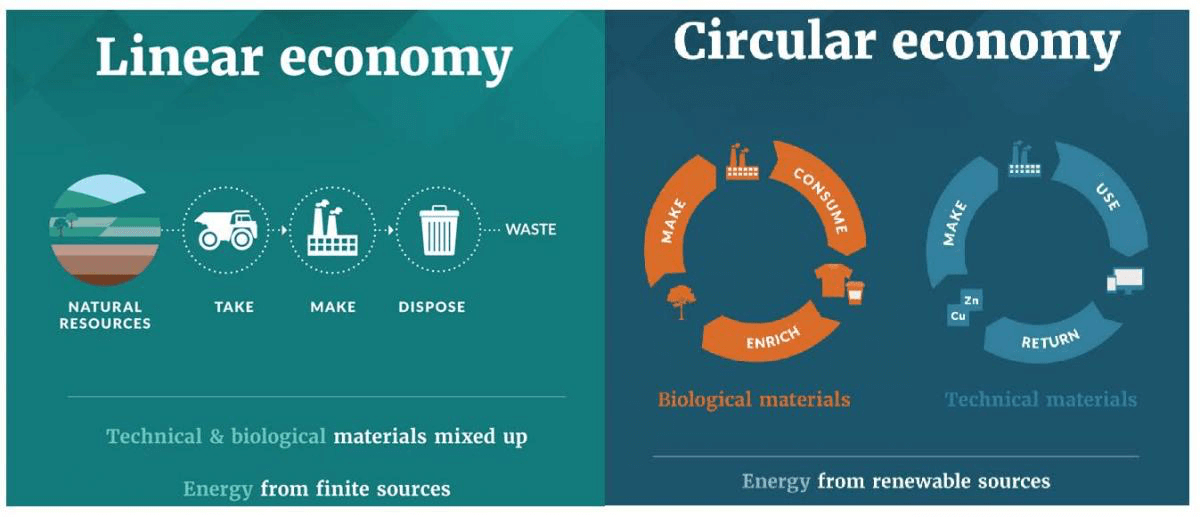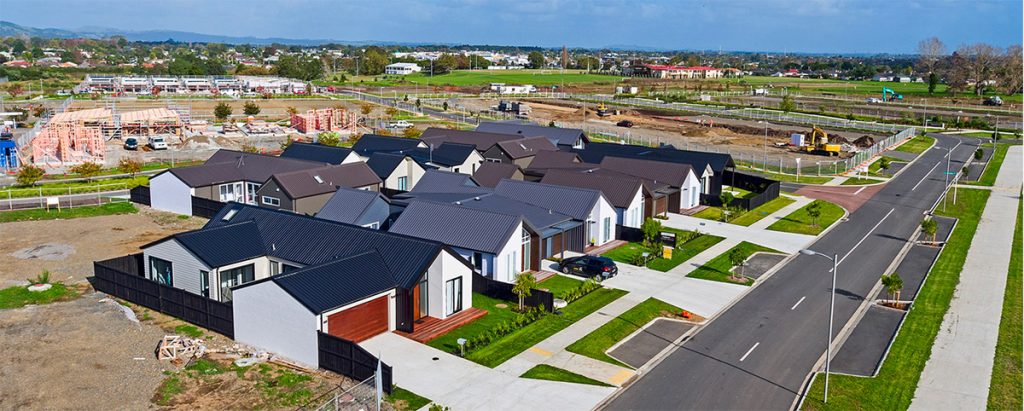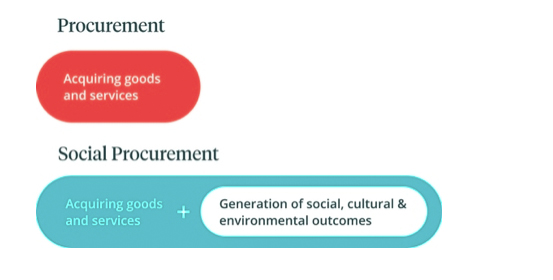Market Opportunities in Aotearoa
As discussed in previous sections, impact investments can be made through nearly every asset class, type of organisation, and sector to deliver different combinations of impact.
A private loan can be made to a social enterprise operating in the waste industry and providing employment opportunities to ex-offenders. Equity could be taken in a robotics startup developing durable and low-cost prosthetics. Green bonds could be issued to generate capital for next generation electric vehicles or climate resilient infrastructure. The list goes on.
However, given the developmental stage of the market in Aotearoa New Zealand, it makes sense to focus our attention on specific areas that present immediate opportunity and pressing need. In this section we have a collection of insights and case studies in four areas – social and affordable housing, forestry and land use, social procurement, and the circular economy.
We have selected these areas by considering four dimensions that will underpin the overall feasibility of increasing investment activity:
Incentives and / or availability of public sector resources as a result of current policy priorities and settings
Need for intervention / opportunity for impact
Viability of the sector and / or related activities
Potential for scale / absorption of capital.
In each section we include a short introduction to the opportunity to set up a selection of insights and provocations from experts working in the field. Each opportunity area also features a relevant investment case study of a completed, or ongoing, New Zealand-based deal.
Forestry and land-use
New Zealand’s unique climate, geography, and history mean that forest and land-based assets dominate our nation’s economy and culture. The contributions of forest services and sustainable land use will also be a major factor in determining whether we achieve our SDG and Paris Agreement targets. This creates a motivation and opportunity for change. New, or imminent, policies that will be material to these two interrelated sectors include the Climate Act, the Provincial Growth Fund, the Green Fund, and the One Billion Trees programme.
However, a key barrier to increasing sustainable land use remains the current economics of pastoral agriculture, and particularly dairy farming. This includes an inflationary mix of high land prices combined with high levels of private debt, and production models that mostly exclude the value of the water being drawn from increasingly stretched catchments, and the price of the nitrogen leached into waterways. Until these negative externalities are properly priced, along with the cost of agricultural carbon, which is currently excluded from the Emissions Trading Scheme, distorted economics will present a barrier to widespread transition to sustainable land-use.
In terms of forestry, The Ministry for the Environment estimates that the sector currently sequesters about 30% of gross emissions. In a scenario presented by Vivid Economics, New Zealand will have to support extensive afforestation covering an additional 1 million hectares by 2050. Presently, however, New Zealand is in a cycle of deforestation. According to Ministry for the Environment, the rate of forest removal has averaged around 8,500 hectares per year since 2008. To reverse this trend and help meet that carbon target, the current New Zealand Government has set a goal to plant one billion trees over the next ten years.
The expansion of forestry is likely to create some trade-offs with pastoral agriculture and other current forms of land use. It will also require careful diversification of species, smart thinking around what social and environmental co-benefits that can be leveraged, and the provision of new economic opportunities to enable the private sector in a meaningful and productive role. Certainly, the growing popularity of Green / Climate Bonds could play an important role in financing new initiatives.
Provocation one: Dr. David Hall
Provocation two: Cerasela Stancu
Investment case study: Waipā agri-impact fund
The Circular Economy
The circular economy concept is based on three key principles:
Designing waste and pollution out of manufacturing and production processes
Keeping products and materials in use over multiple life-cycles
Regenerating natural systems.
Circular economy practice is based on moving away from a linear “take, make, dispose” industrial process, to ‘closed loop’ approaches to production. This sees both biological and technical materials being intelligently designed, assembled, used, and recycled in ways that minimise leakage and waste at end-use, i.e. materials ending up in landfill or incineration.
A major growth driver in circular economy practices, is that achieving sustainable outcomes need not negatively impact the quality of life of consumers, nor does it result in a loss of revenue or extra costs for manufacturers. Indeed, the Ellen MacArthur Foundation, a global authority on the subject, has argued that circular economy approaches can create profound cost efficiencies in any numbers of areas. In the field of plastics for instance, they estimate that mass transition to circular economy practices could save US$80-120bn per year in savings alone, before wider environmental costs and impacts are accounted for.
There is no one single approach to embed circular economy concepts into a business model, and there is a proliferation of innovations, in both established business and new startups, that are using these concepts to reduce negative impacts, regenerate the environment, and offer a highly desirable cost savings and / or propositions to consumers. This field is being championed by the both the Sustainable Business Network and Ministry for the Environment, whose Waste Minimisation Fund’s latest round is for initiatives that will accelerate New Zealand’s transition to a circular economy.




Leave a comment